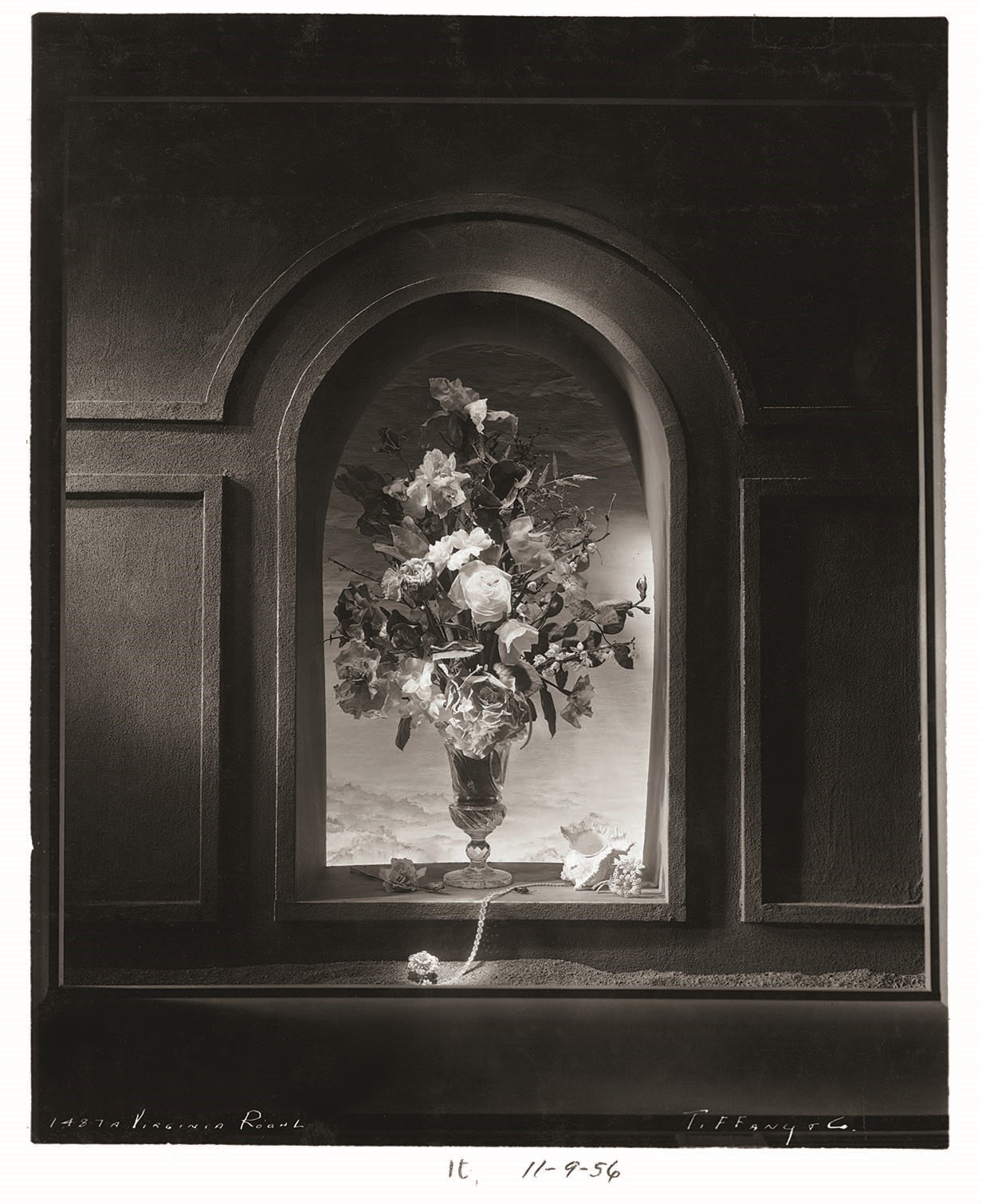In 1959, on the cusp of global notoriety, Robert Rauschenberg declared that his creative ambition was to act within “the gap between art and life”. His unassuming and free-spirited practice, which spanned over six decades, certainly attests to the sentiment – amassing ordinary objects and materials, such as car parts, dried leaves, defunct radios, cardboard boxes and even a stuffed goat (Monogram, 1955–1959) to create challenging and conceptual masterpieces.
Yet, even before making this public admission, his multi-disciplinary ethos was already apparent in some of his earliest expressions. More specifically, the now-iconic window displays he created in partnership with his friend and fellow art contemporary Jasper Johns for Tiffany & Co. between the years of 1956 and 1958. The two artists – who operated commercially under the rather ordinary pseudonym of Maston-Jones Custom Display – were tapped up by the jewellery brand’s visionary window dresser, Gene Moore, whose spellbinding displays became a lauded fixture at its Fifth Avenue store.
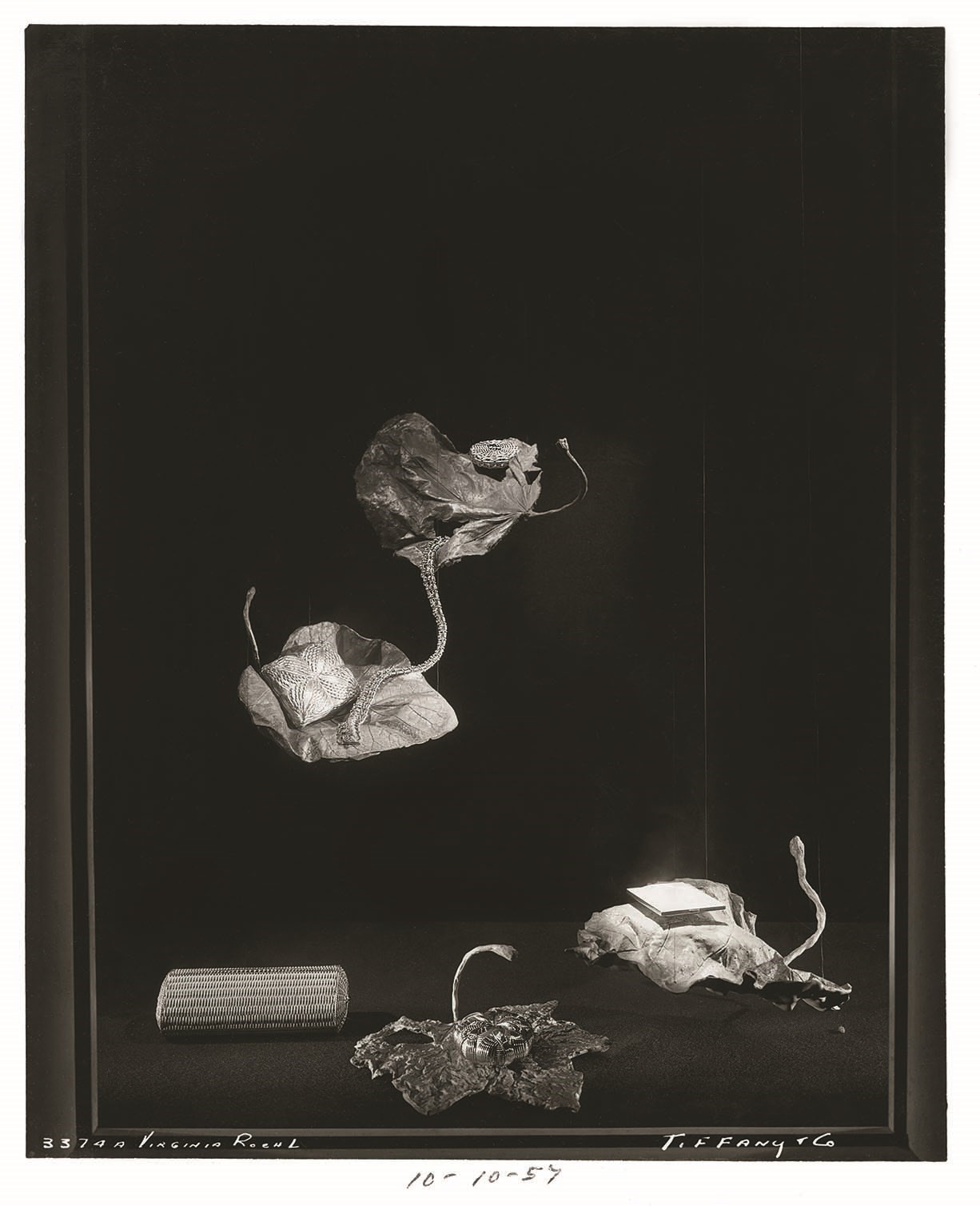
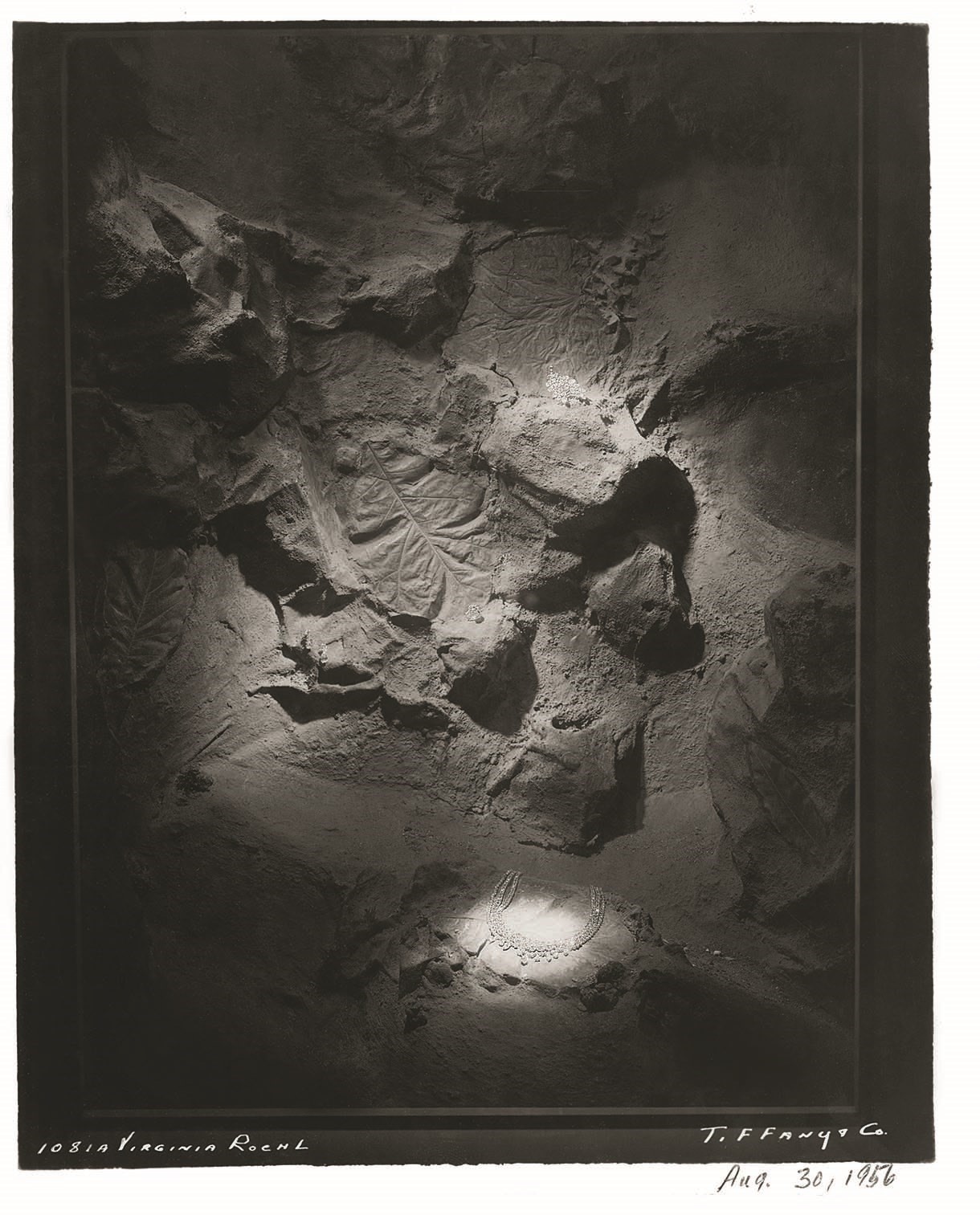
“These windows were like little pieces of theatre back then, and they still are now,” explains Richard Moore, the vice president of visual creative merchandising at Tiffany & Co, adding. “I think Rauschenberg’s mixed media approach, even at this point in time, was very appealing to Gene. He saw great potential in the artist, namely in his ability to tell stories through various mediums.”
Indeed, the micro-scenes that Rauschenberg, Johns and Moore dreamt up were nothing short of remarkable – skirting between the threshold of a painterly Dutch still life and a surrealist theatre set. Melodramatic use of light and shade (which, in turn, became a Rauschenberg signature) further heightened the atmospheric impact of the displays. Each, as one might imagine, was eagerly captured by gawping tourists and busy city dwellers, who would candidly turn their lenses to the ethereal stories that unfolded before them. Conical diamond rings spilling out of a bulbous pomegranate; waxy leaves suspended in mid-air, yet bearing the weight of an intricate gold collar and matching minaudiere; a two-tone spider’s web elegantly spun to showcase dazzling cocktail earrings.
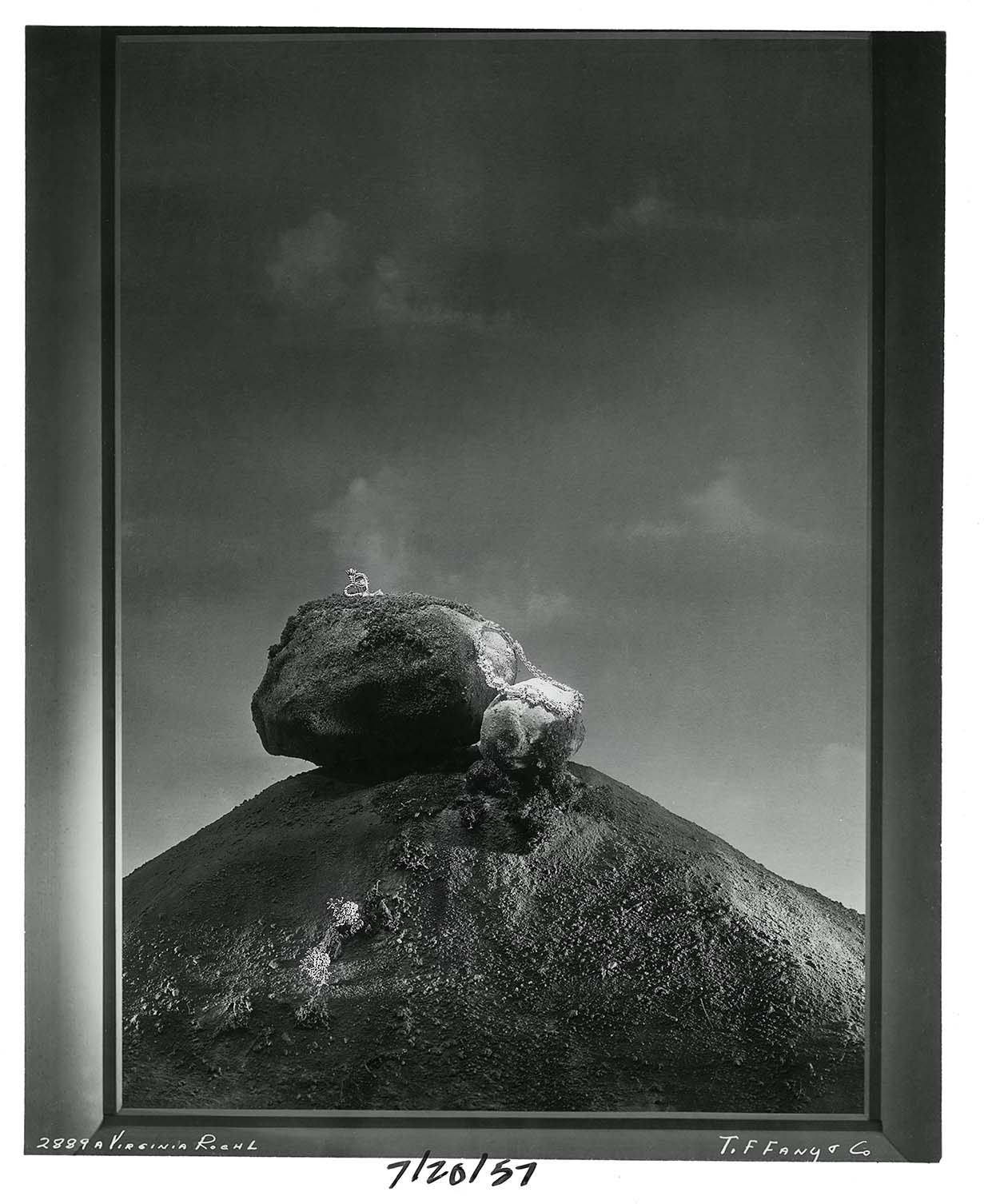
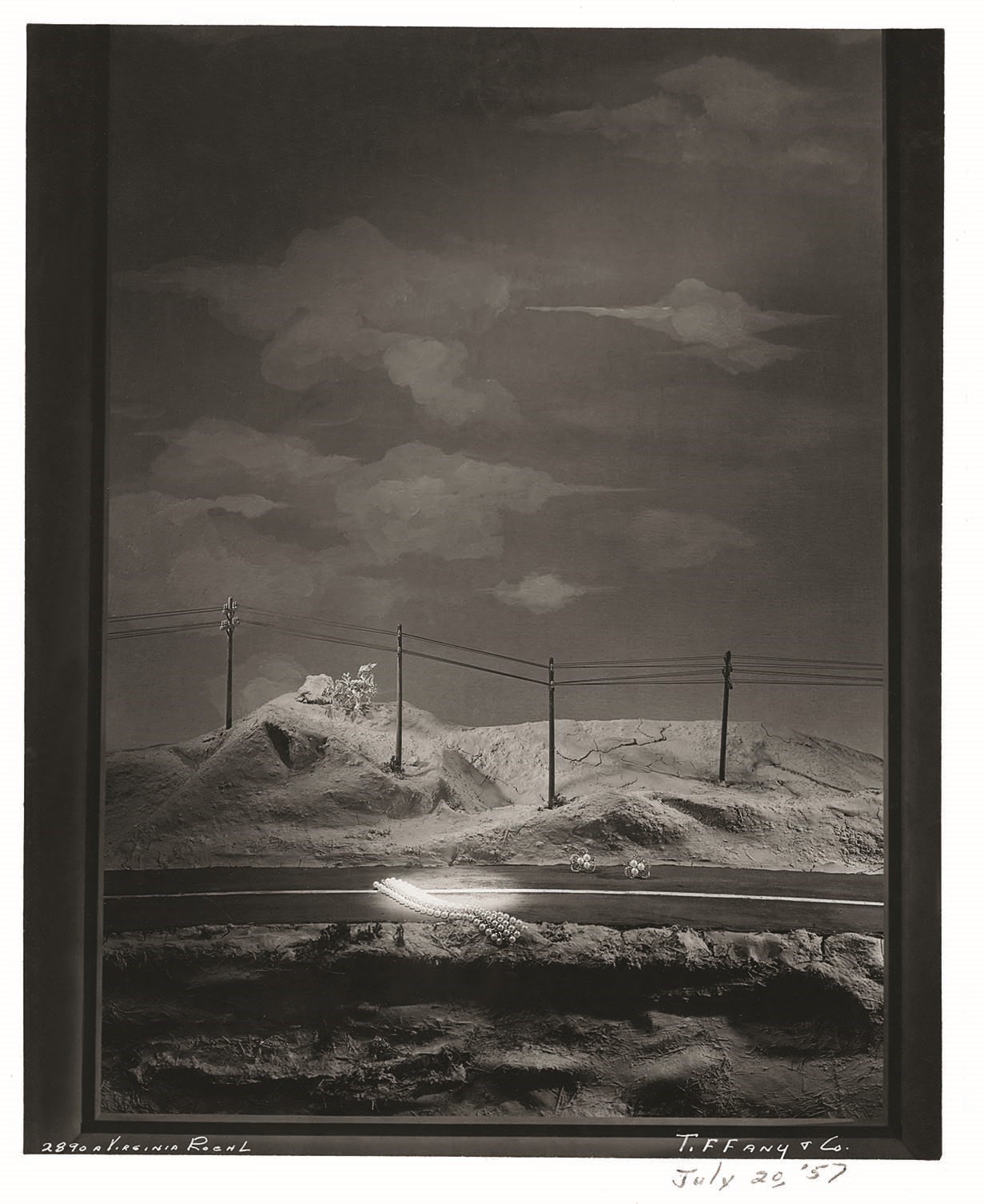
“On reflection, one of my personal favourites is the window design that depicts one of the road scenes,” notes Richard. “A pearl bracelet lies across the middle of the road of a barren, burnt out desert landscape, flanked by telegraph poles,” he says. “It speaks to the idea of adventure and exploration and it’s perfectly represented here.”
Fittingly, the artistic guild between Tiffany & Co. and Rauschenberg is further cemented this year, as a colossal retrospective of the artist’s work is set to go on display at the Tate Modern in December 2016, supported by the global jeweller. “Our history and foundation at Tiffany & Co. is built on leveraging the arts – it's an exciting and important connection and long may it continue,” he concludes.
Robert Rauschenberg's eponymous retrospective exhibition will run from December 1, 2016, until April 2, 2017 at Tate Modern, London.
